Galaxy Note 8 vs OnePlus 5: Which Android flagship wins the day?
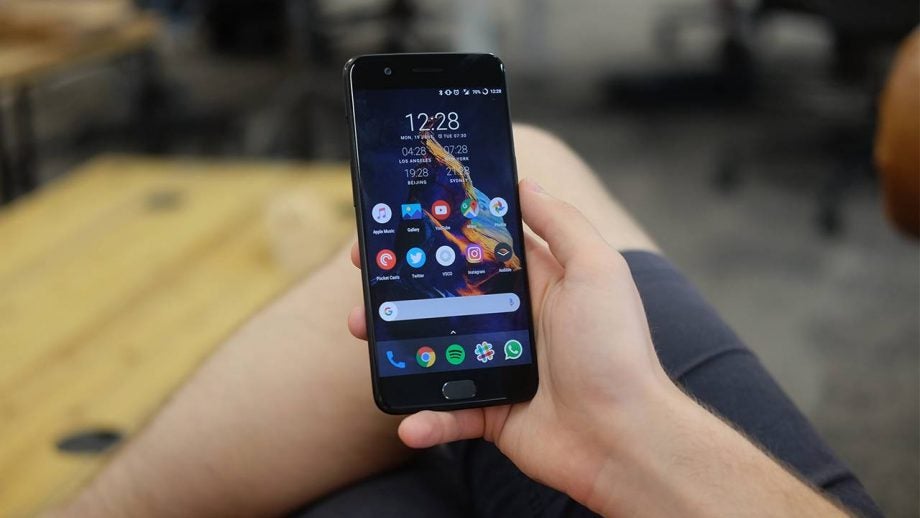
Galaxy Note 8 vs OnePlus 5: OnePlus’ finest phone yet goes head-to-head with Samsung’s latest flagship behemoth. Our guide reveals all you need to know about how the Note 8’s specs compare to the OnePlus 5.
The OnePlus 5 was one of the most anticipated phones of 2017, and for the most part it managed to meet the lofty expectations. While the OnePlus 5 might not have been quite as revolutionary as the OnePlus 3, it was undeniably the company’s most accomplished smartphone to date. With its packed-to-the-rafters spec sheet and dual cameras, the OnePlus 5 was a flagship phone that was finally capable of trading blows with the rest of the industry’s finest.
But now with a new contender in the form of the Samsung Galaxy Note 8, how well does the OnePlus 5 hold up against the admittedly more expensive rival? Let’s take a closer look.
Related: Best smartphones

Galaxy Note 8 vs OnePlus 5 – What’s the difference?
The design of the OnePlus 5 wasn’t exactly the most original. It is reminiscent of the previous OnePlus 3/3T models with a front fingerprint sensor, while the rear looks rather similar to an iPhone 7 Plus. The combination of 3D Gorilla Glass 5 and a curved back make for a svelte phone, however; one that is a pleasure to hold at just 7.3mm thick and 153g in weight.
The Galaxy Note 8 is worlds apart in terms of design. Taking a page from the Galaxy S8’s design manual, it features Samsung’s ‘Infinity Display’, leaving you with just a sliver of bezel on the front; the Home button has been removed. It looks far more slick as a result. At 8.6mm thick and weighing 195g there’s a little more to it, but it’s justified by the gargantuan screen.
Dimensions:
- Galaxy Note 8: 162.5 x 74.8 x 8.6mm | 195g
- OnePlus 5: 154.2 x 74.1 x 7.3mm | 153g
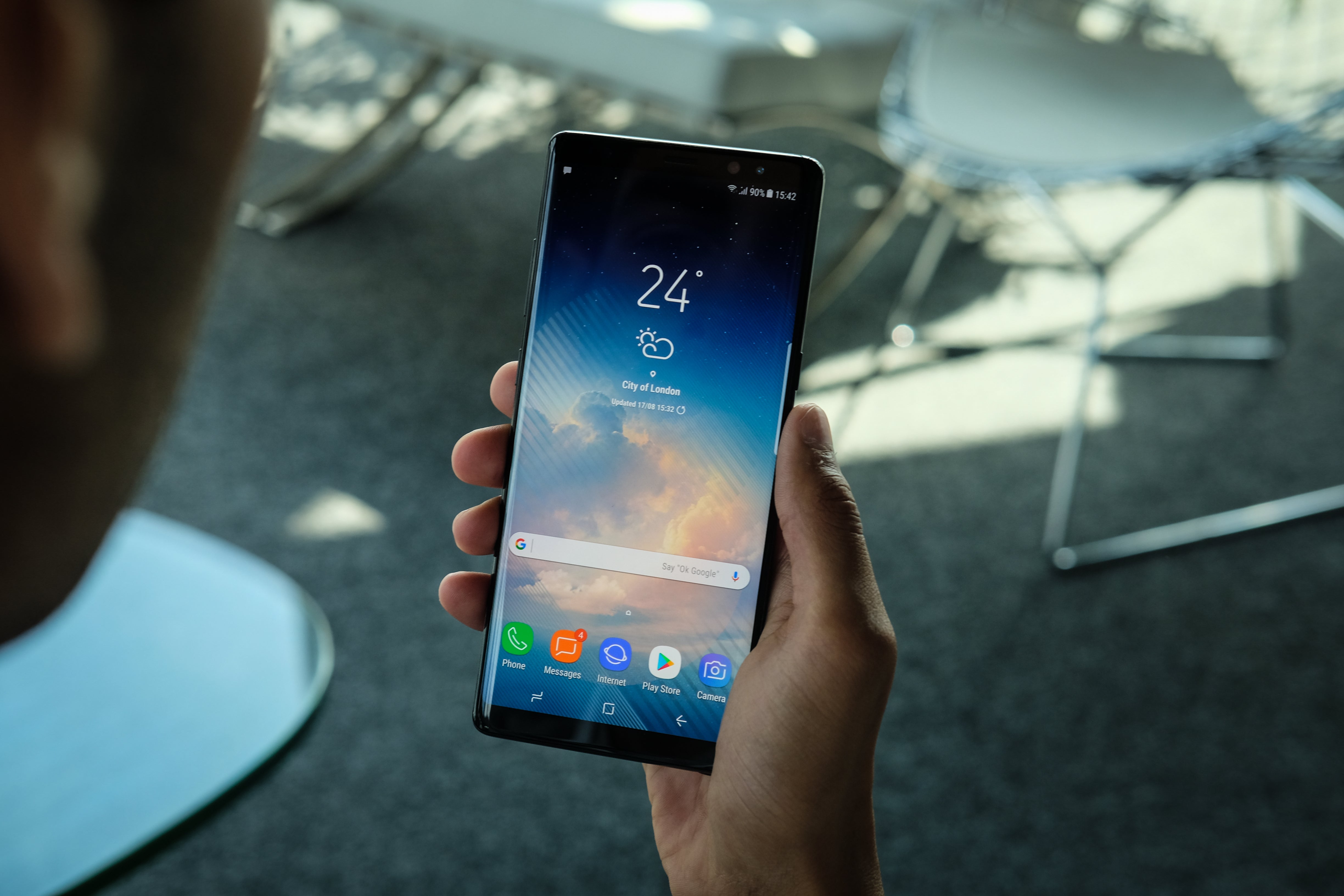
Galaxy Note 8 vs OnePlus 5 specs – Which phone is more powerful?
Screen: If size is important then there’s no contest here. At 6.3 inches, the Note 8 positively eclipses the OnePlus 5’s 5.5-inch display.
And the Note 8 has it beat by more than just inches, thanks to the return of Super AMOLED, meaning a wide colour gamut and high dynamic range for punchier colours overall. While the AMOLED panel in the OnePlus 5 is far from poor, it can’t hold a candle to the Note 8’s screen.
The Note 8 has the advantage when it comes to pixels, too. With its QHD+ panel, this equates to 1440 x 2960 pixels, which even when taking into account the much larger screen results in a pixel density of 523ppi.
The OnePlus 5 makes do with just 1080 x 1920 resolution across its 5.5-inch display; the equivalent of 401ppi. This means the Note 8 has the considerable edge when it comes to image sharpness, which might be hugely important for uses such as VR.
- Buy now: Note 8 on Vodafone (16GB) £38/month, £150 upfront
- Buy now: Note 8 on O2 (20GB) £44/month, £170 upfront
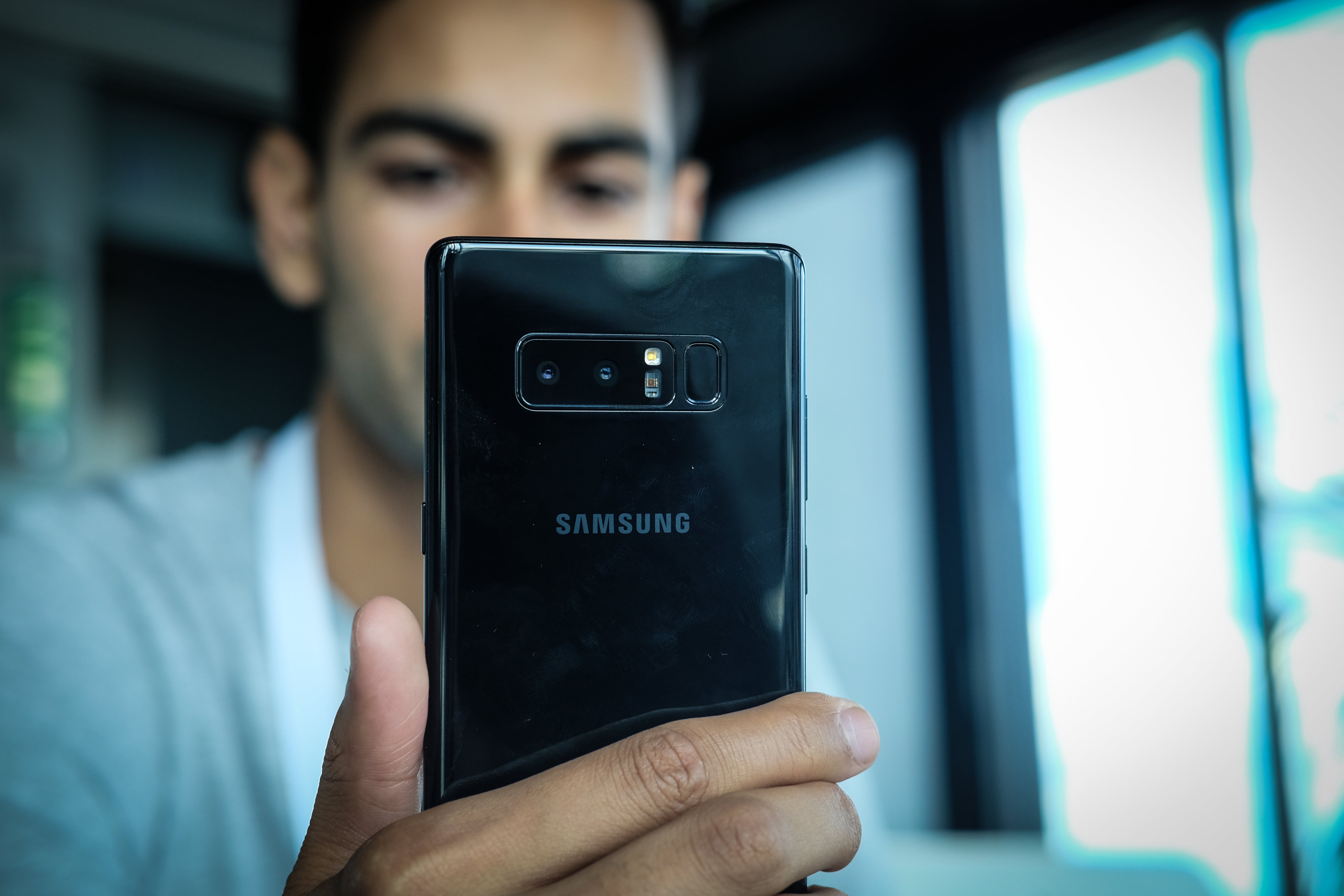
Performance: This one will be hard to determine until we get our mitts on a Galaxy Note 8. However, some educated assumptions can be made, since the Galaxy Note 8 will use either the Qualcomm Snapdragon 835 or Samsung Exynos 8895 processor, depending on where you buy your handset. Neither of these chips is exactly short on horsepower.
Similarly, the OnePlus 5 uses the Snapdragon 835 system on chip (SoC) and this is paired with either 6GB or 8GB of RAM. The Galaxy Note 8 tops out at 6GB of RAM. The extra RAM might make a little bit of difference in the top-end OnePlus 5, but since 6GB of RAM is already pushing the limits of reason, there’s likely nothing in it.
Either way, based on their high-end specifications, neither phone is likely to fall short when it comes to performance.
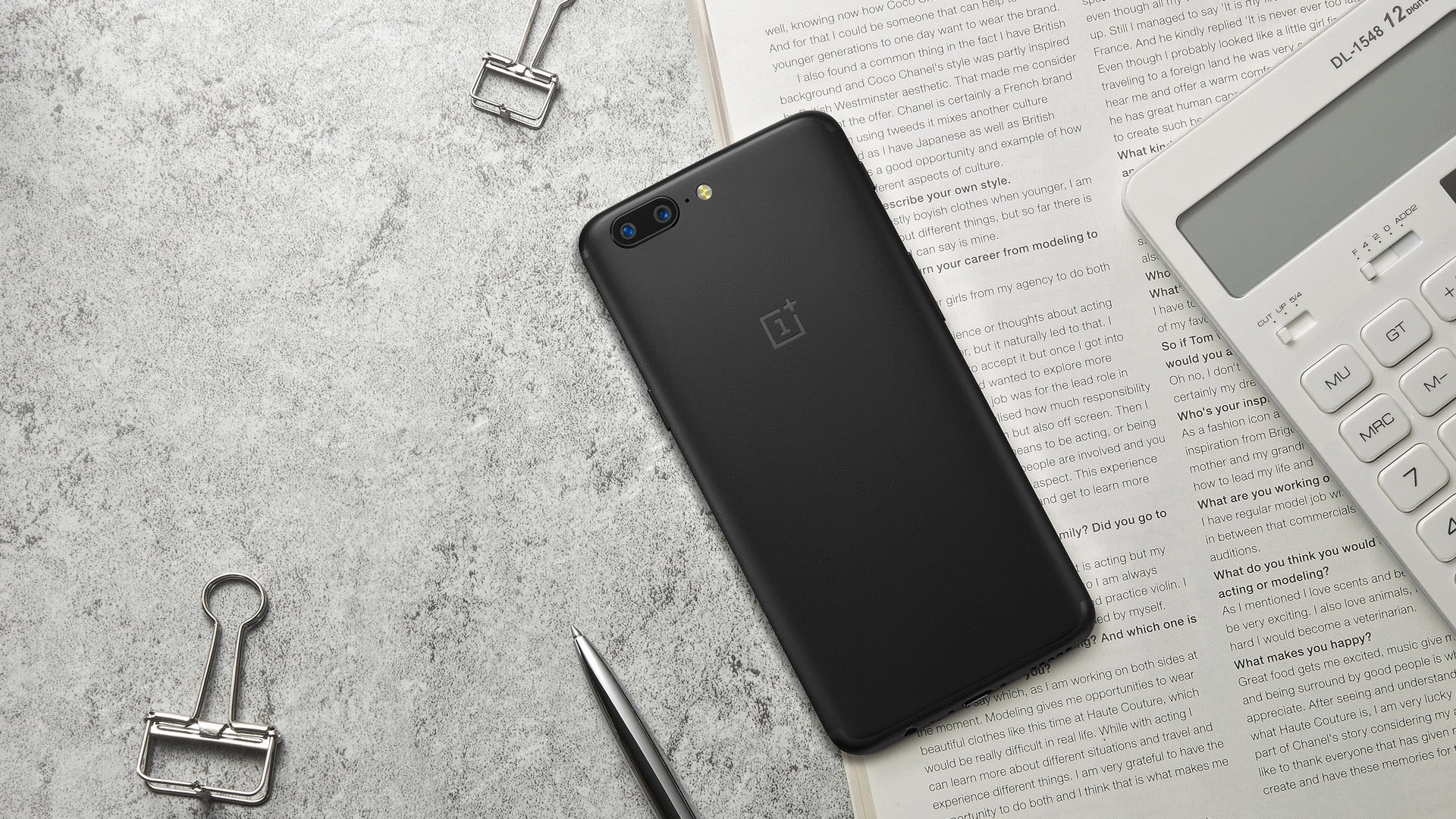
In terms of storage, the Galaxy Note 8 has 64GB built in, which is expandable via a very welcome microSD slot. The OnePlus 5, on the other hand, has either 64GB of 128GB options (the latter also comes with more RAM) – but since there’s no expandable storage, you’ll need to choose wisely out of the blocks.
Camera: Again, until we can really put the Galaxy Note 8 through its paces, it will be hard to make a judgement call on this one.
Based on the specs and Samsung’s previous Galaxy flagships, we can safely say things are looking good. For the first time on a Samsung Galaxy flagship, the Note 8 has a dual-lens camera on the back.
- Buy now: Note 8 on Vodafone (16GB) £38/month, £150 upfront
- Buy now: Note 8 on O2 (20GB) £44/month, £170 upfront
One is a telephoto lens with a f/2.4 aperture, while the other is a wide-angle lens with f/1.7. The latter is actually identical to the one used on the Galaxy S8. Both cameras also feature optical image stabilisation, which will help with camera shake, and use a 12-megapixel sensor. We’re expecting good things from the Galaxy Note 8’s low-light performance, with the potential for some good portrait shots.
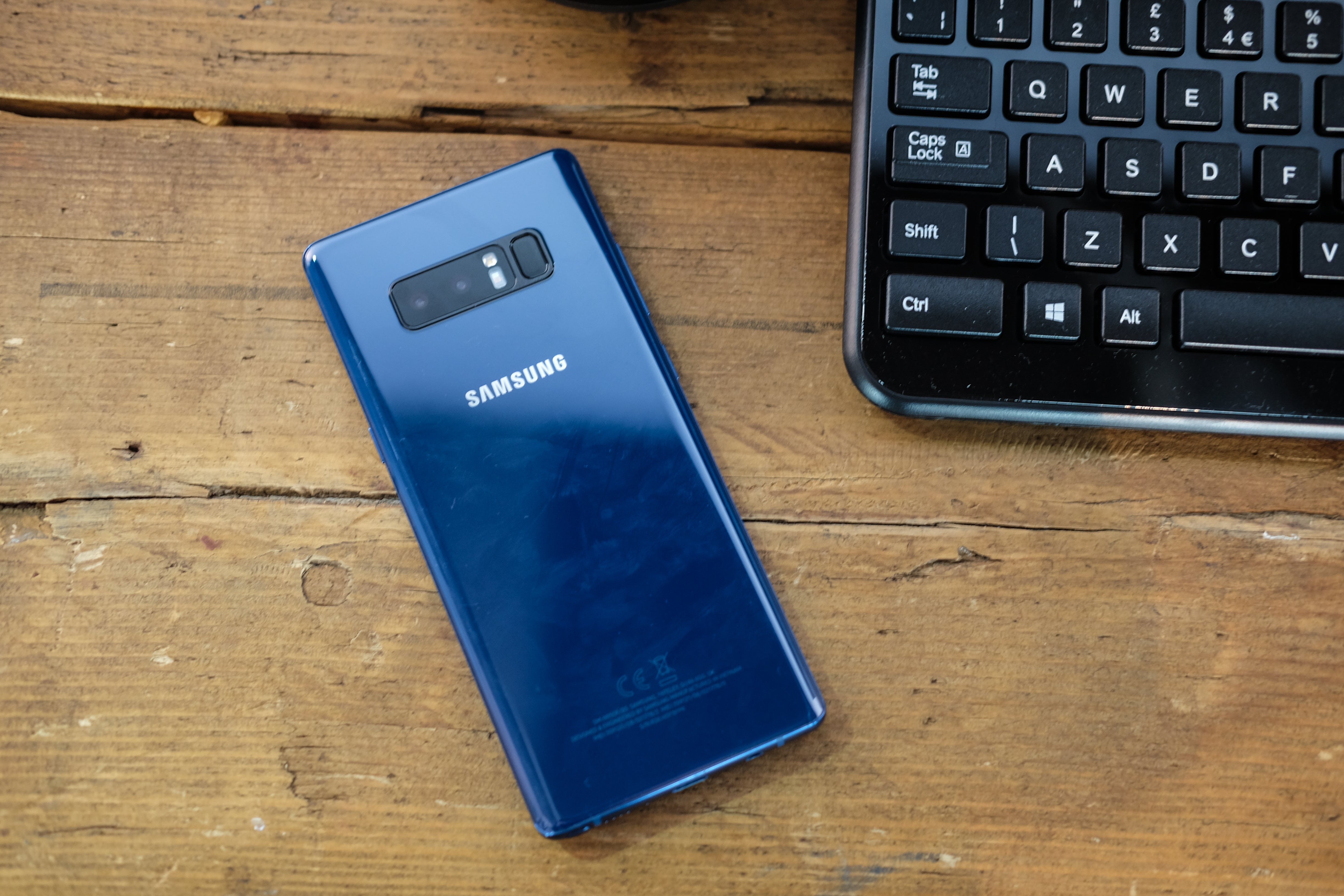
Like the Note 8, the defining characteristic of the OnePlus 5’s camera setup is its dual-camera array. In this instance, one camera has a 16-megapixel sensor and an f/1.7 lens, while the other is a telephoto zoom lens with a smaller f/2.6 aperture but higher 20-megapixel sensor.
While the OnePlus 5 has the edge in terms of megapixels, this isn’t an indicator of overall image quality. It’s also worth noting the Note 8 has an advantage with a slightly larger aperture for its telephoto lens, meaning more light can reach the sensor without slowing the shutter speed down or introducing more noise.
We’re expecting this to be a hotly contested area between the two phones, but if the Galaxy S8 is anything to go by, the Note 8 might just nick it.
Battery life: The Galaxy Note 8 has a 3300mAh battery, which should help considering its size. But once you factor in that large, high-resolution display, things are no longer as simple as ‘bigger is better’.
The OnePlus 5 uses an identical capacity 3300mAh battery, but even with a smaller display and lower resolution, we only just about made it through a day on a single charge, which perhaps doesn’t bode well for the Galaxy Note 8. The Snapdragon and Exynos chips should help, with both being known for their energy efficiency.
Features: Justifying the Note name, the Samsung S-Pen of course makes a return, allowing you to jot your notes down with ease. This is joined with some additional features including IP68 waterproofing and an iris scanner. There’s also wireless charging thrown in, too. Finally, there’s support for DeX once again, which can transform your phone into a pseudo-computer by connecting to an external display and peripherals.
These are all distinct advantages over the OnePlus 5. What the OnePlus 5 does have in its favour is its Dash Charge feature, which can quickly top up the phone’s juice.
Related: Best Android apps
Galaxy Note 8 vs OnePlus 5 price – Which phone is better value for money?
Take a deep breath. The Galaxy Note 8 will retail from £869. Yes, you’re reading that correctly. Samsung says that certain preorders will come with a DeX station thrown in, which makes the price marginally more palatable.
Prices of the OnePlus 5 start at £449 for the 64GB/6GB model, rising to £499 for the 128GB/8GB model. Even if this is the most expensive OnePlus phone to date, it remains pretty tough to beat when it comes to value for money.
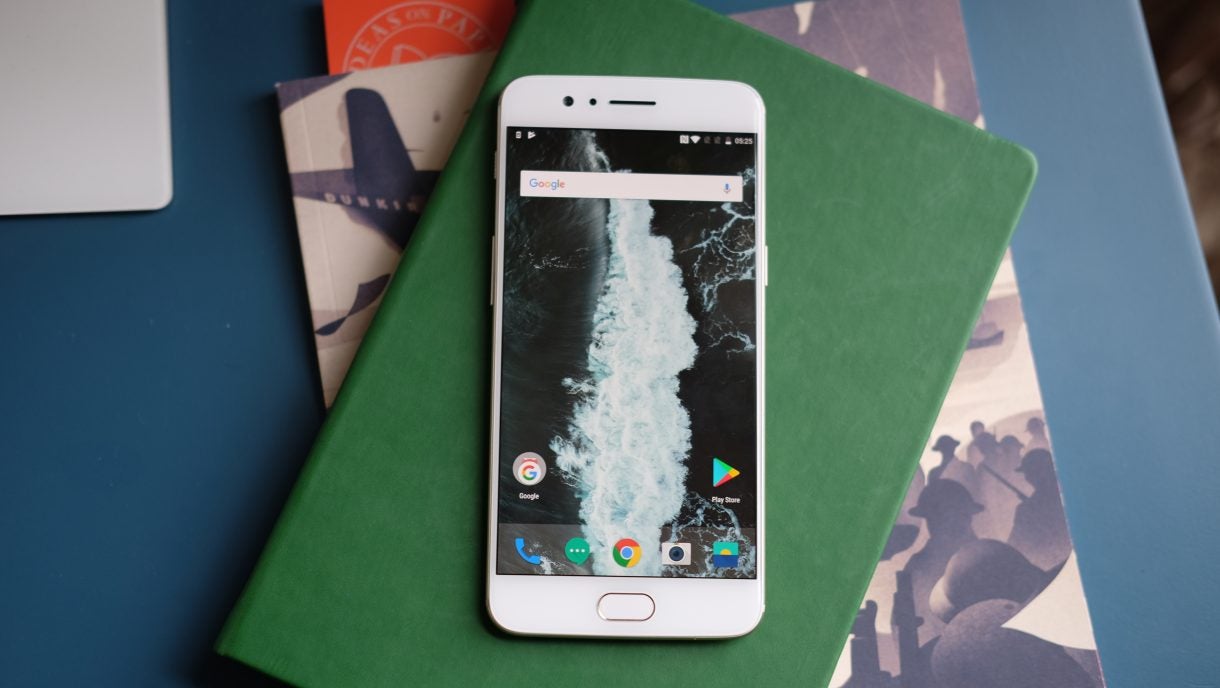
Galaxy Note 8 vs OnePlus 5 summary – What’s the difference?
For a quick breakdown of the key differences between the phones, here’s what you need to know.
Design: The Galaxy Note 8 takes a page out of the Galaxy S8’s playbook with its gorgeous Infinity Edge Display. The OnePlus 5, while not an unattractive phone, looks plain by comparison.
Specs: On paper, this looks like an area where the OnePlus 5 and Note 8 will go toe-to-toe in terms of performance. Even around the camera things are looking tasty. We’ll need to await real-world tests to know for sure.
Price: There’s no denying the Galaxy Note 8 is incredibly expensive at £869, while the OnePlus 5’s £449/$499 is hard to beat for value for money.
Related: Best Android phones
Which phone takes the victory for you? Let us know on Facebook or Twitter.


